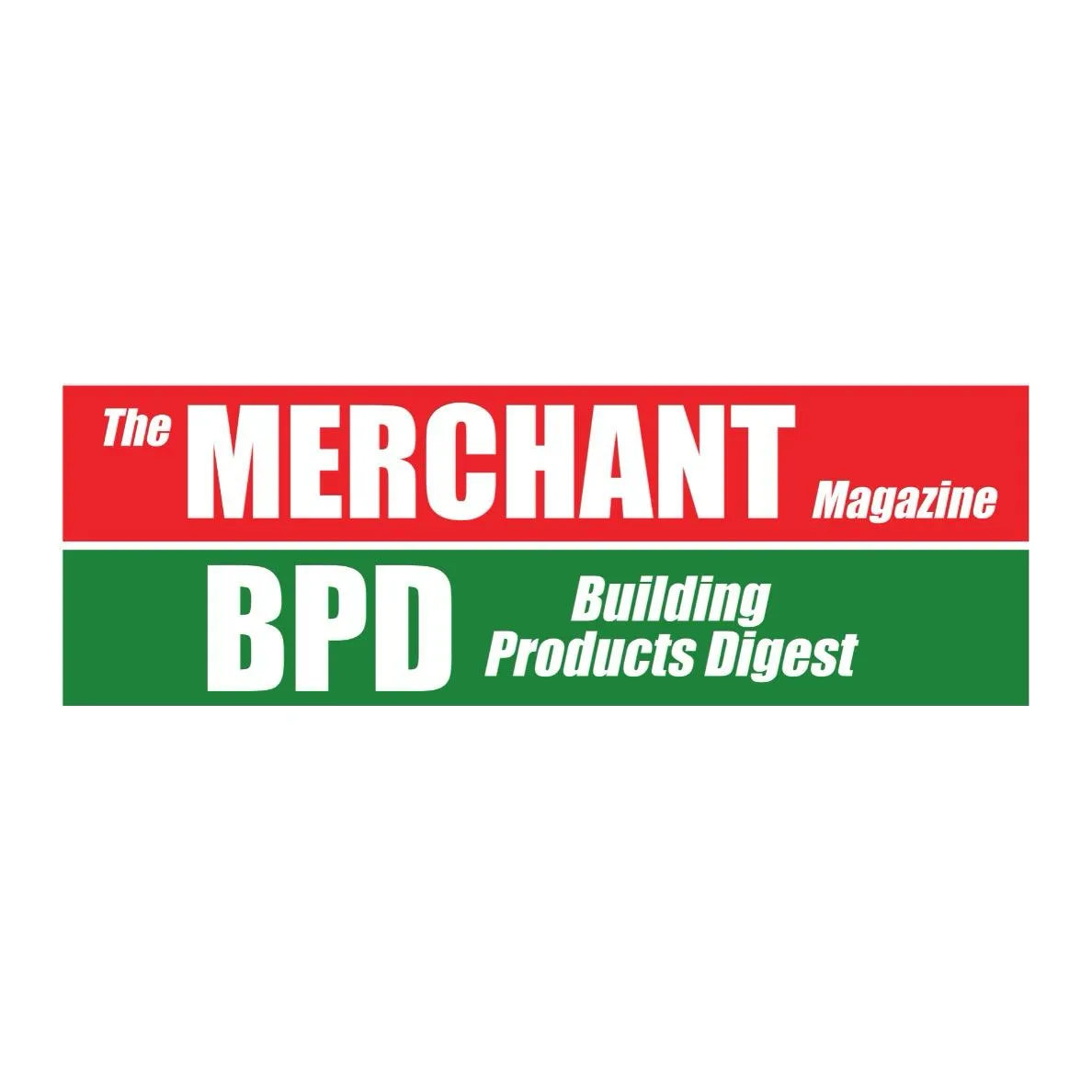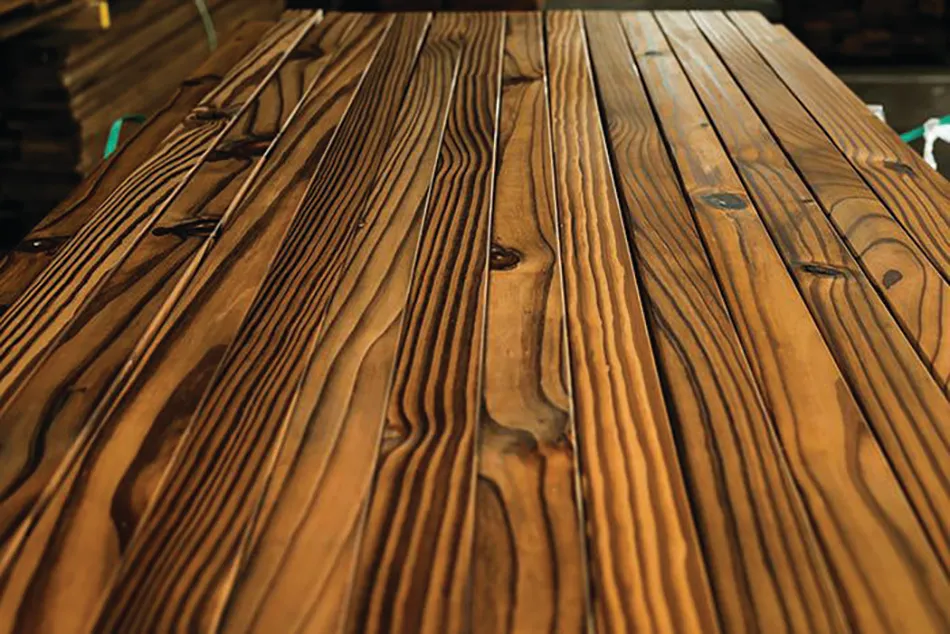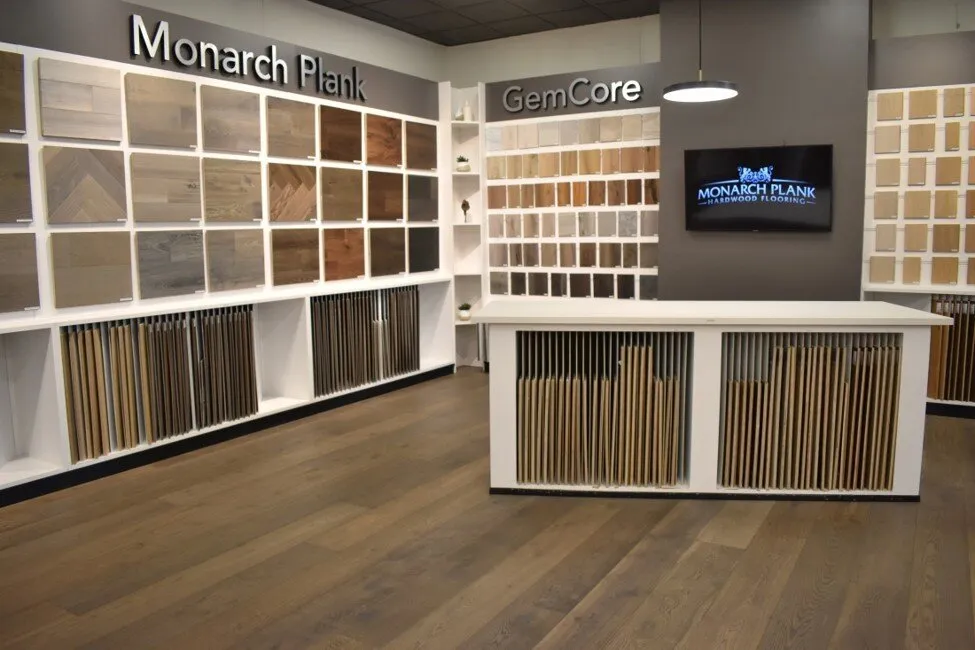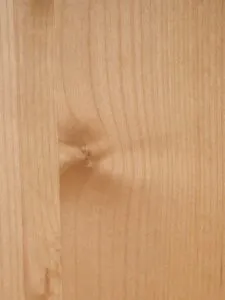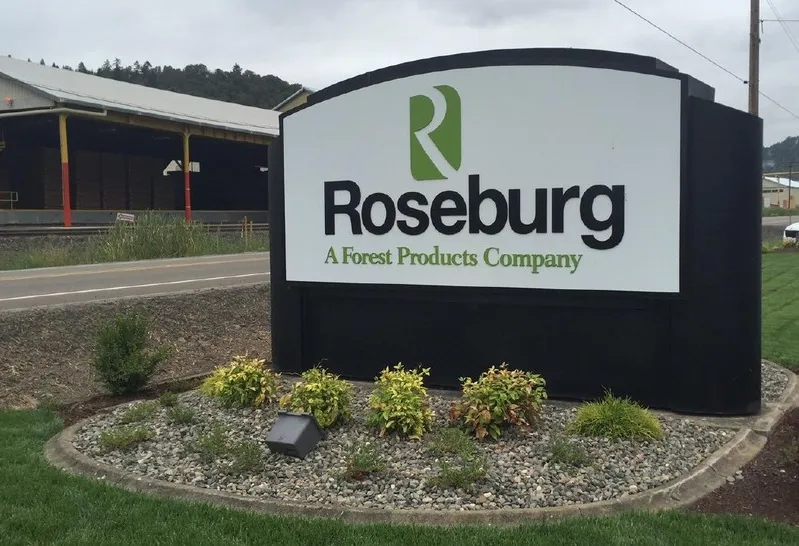Table of Contents
Life is full of many confusing questions and situations: If several cats jump on top of one another, is it still a dogpile? Why do we still have Daylight Saving Time? Is Bigfoot real? How do I tell the difference between SPFs and SPF stamped lumber?
Luckily, we can help you with the last one. (You’re on your own with the other questions.)
A little more than 25 years ago, new strength values in lumber were implemented for all softwood construction grades in the U.S. and Canada. The reason? To provide architects, engineers, and builders with a truer strength value for use in specifying and designing with specific wood species. The changes were for the full set of properties important to the construction of a building: fiber stress in bending, tension parallel to grain, horizontal shear, and more.
Out of this change came two similar but separate grouping of species and ever since, the confusion has reigned: What is the difference between SPFs and SPF graded lumber, why do they look similar yet one has lower values for some properties, and what does that little “s” mean?
Let’s start with the most basic of facts. SPFs stands for the Spruce-Pine-Fir category, with the lower case “s” indicating that the lumber was produced from logs harvested in the USA, south of the Canadian border. Conversely, SPF, also standing for Spruce-Pine-Fir but without that cute little “s,” indicates that the log source is exclusively Canadian in origin.
Now. Why did this happen? Because the U.S. and Canada utilize separate testing for strength values (and yes, hindsight is truly 20/20) which obviously resulted in different outcomes. That important “s” was put into service to separate the wood products of the two countries and illustrate clearly to the purchaser exactly what they were buying and what it could be expected to do.
It’s a little crazy when you think about it: two trees, the same exact species, growing within feet of each other but separated by a national border, can be tested to seemingly indicate that one is stronger than the other. We agree, it’s ridiculous—and it’s caused much confusion over the decades.
A little more info about the U.S.-grown SPFs lumber: there are 10 species in the SPFs grouping, grown in an area that stretches across the northern regions of the U.S. And the species are: red, black and white spruce; Norway spruce (you read about this right here last issue!); balsam fir; jack pine; red pine; Engelmann spruce; Sitka spruce, and lodgepole pine. The Canadian group, in case you’re wondering, includes red, black and white spruce; balsam fir; jack pine; Engelmann spruce; lodgepole pine; and Alpine fir.
The big question remains: Are there differences in strength values between SPFs and SPF? On paper there are some differences by size and grade of lumber, resulting from that error in judgement in 1991. However, for most common applications in a building (such as studs and joists) it doesn’t impact the design and will exceed the minimum needs. If there are significant spans or heavy loads, that is a different story and neither may work!
Watch your misperceptions: if you’re operating under the belief that SPFs lumber shouldn’t be used in certain applications, it’s time to lay those inaccurate concepts to rest, once and for all. Do some comparisons for your specific building project requirements using design values for both SPF and SPFs and you will be surprised!
For specific grade and size comparisons of spans, or for more info regarding this total misconception, go to the Northeastern Lumber Manufacturers Association page dedicated to all things: www.sprucepinefir.com.

